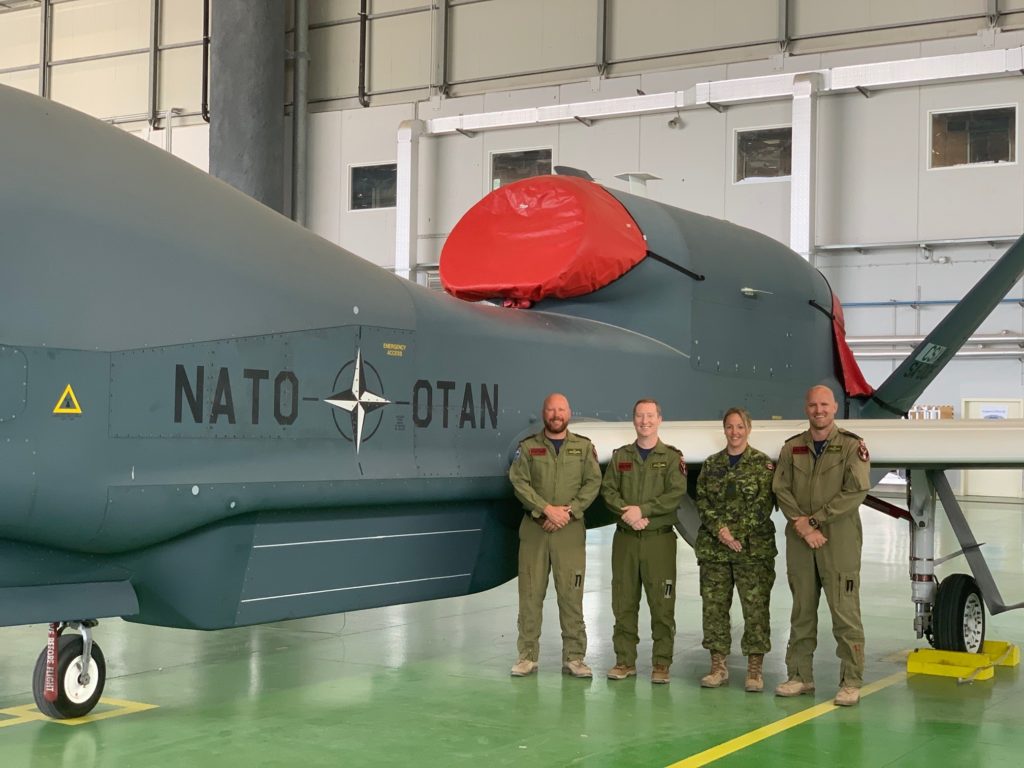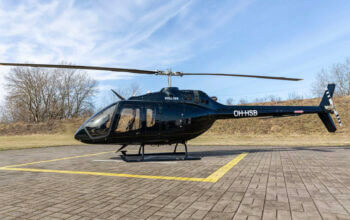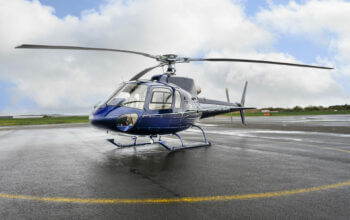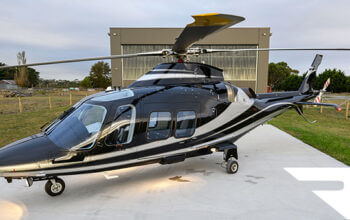Estimated reading time 2 minutes, 44 seconds.
On June 4, 2020, at 10:26 a.m. local time, the first operational flight of a NATO RQ-4D Phoenix (Global Hawk variant) aircraft lifted off from runway 28 Left at Naval Air Station Sigonella, near Catania, Sicily.

This mission was entirely crewed by NATO Alliance Ground Surveillance Force (NAGSF) personnel, including maintenance, IT, flight crew and intelligence personnel. This marked both the first NATO-crewed mission for the recently acquired remotely piloted aircraft (RPA), as well as the first operational mission of a NATO-owned intelligence, surveillance and reconnaissance (ISR) asset.
During the almost nine-and-half-hour mission, the aircraft collected a variety of radar data that included synthetic aperture radar (SAR) spot and swath imagery, and ground moving target indication (GMTI) data. Two Canadian airborne electronic sensor operators (AESOps) collected this data at different points, while a Canadian pilot flew the aircraft. During collection, a Canadian intelligence operator (Int Op) analyzed the data for training and eventual dissemination.
Mission data can either be collected by the flight crew autonomously or done dynamically, based on the situation. The collected imagery and data is then processed in-house by the NAGSF Processing, Exploitation and Dissemination (PED) Center. It can be processed in near-real time, or after completion of the mission.
The RQ-4D Phoenix, which is based on the U.S. Air Force Block 40 Global Hawk aircraft, is a high-altitude, long-endurance (HALE) RPA that can fly missions longer than 30 hours. Its payload consists of a synthetic aperture radar that enables the aircraft to collect imagery and GMTI data at ranges of more than 200 kilometres. It is controlled from a ground station through multiple direct and satellite links, as well as in a deployed mode.
The Canadian Armed Forces has been involved in this program from its inception in 2015, when a two Royal Canadian Air Force members (one pilot and one AESOp) called NATO AGS home. The Canadian contingent has since grown to four, to include a second AESOp and an Int Op. When NATO AGS declares FOC, or full operational capability, Canada will be represented by six CAF members, adding a second int op and a mission director (Air Ops) to the team.








